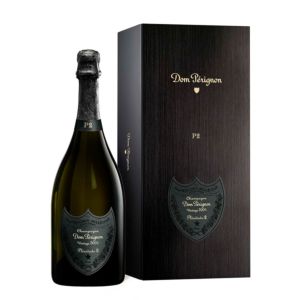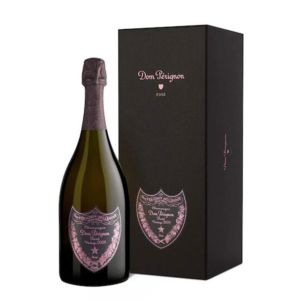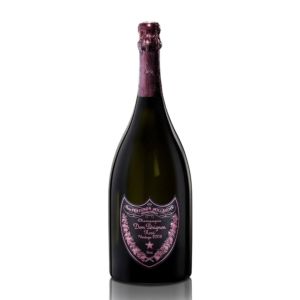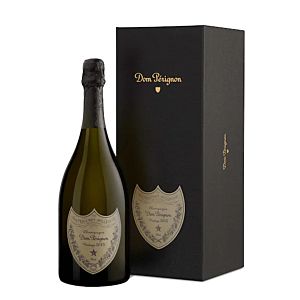To offer you a better experience, this site uses profiling cookies, even from third parties. By continuing to browse our site you accept our cookie policy. Find out more.
DOM PÉRIGNON

Dom Pérignon is a brand of vintage champagne from Moët & Chandon champagne house, which serves as a champagne of the house. It is famous for Dom Pérignon, a Benedictine monk, who was an important pioneer of champagne, but he had not discovered the champagne method for the production of sparkling wines, in contrast to the popular myths.
Dom Pérignon (1638-1715) was a monk and cellar master in the Benedictine Abbey of Hautvillers. He was the pioneer of a whole series of winemaking techniques around 1670. He was the first to mix the grapes so that the quality of the wines improved, which managed to deal with some of their imperfections.
Perfection of the art of making clear white wines from black grapes, by cleverly manipulating the pressing, increased the tendency of champagne wines to maintain their natural sugar, to naturally induce the fermentation in the spring. A master in deciding when these wines are bottled to capture the bubble. He also introduced corks (instead of wood) attached to bottles of oil-impregnated hemp cord to keep the wines fresh and sparkling. A thicker glass was used to protect the bottles that exploded at that time. The development of sparkling wines as the main production in Champagne took place increasingly in the 19th century, more than a century after the death of Dom Pérignon.
In 1935, 300 bottles of a forerunner from Dom Pérignon from the time of 1926 were sold to Simon Bros. & Co., the company that Moët had imported in the United Kingdom. He gave each of the 150 best customers two bottles on the occasion of their 100th anniversary. The wine received immediate attention on the market and 100 boxes of the vintage 1921 which shortly afterwards were shipped to the United States, this time with the name Dom Pérignon. According to today's Dom Pérignon cellar master Richard Geoffroy (2012), who has been Chef de Cave for Dom Pérignon since 1990, the 1921 vintage was a "characteristic bouquet of sandalwood, vanilla and praline".
Until the year 1943 Dom Pérignon was produced from the regular vintage Moët & Chandon Champagne, which after a long cellar exchange in the special bottles from the 18th century were bottled. It was thus an "oenothèque" -production of Moët & Chandon Vintage Champagne in a complete other bottle. From 1947 Dom Pérignon was produced separately from the beginning.
In 1971, the Shah of Iran ordered several bottles of the first year of Dom Pérignon Rosé (1959) for the 2,500-year celebration of the Persian Empire. A bottle of this champagne, from this order, was auctioned in 2008 for 24 758 euros.
In 1981 Dom Pérignon was selected for the wedding of Lady Diana Spencer and Prince Charles. The Magnum of Dom Pérignon Vintage 1961, which served on the 29th of July, carried a special badge, which was created only for the ceremony.
Dom Pérignon is always vintage champagne, which means that it is not produced in weak years, and all the grapes used to make the wine were harvested in the same year.




